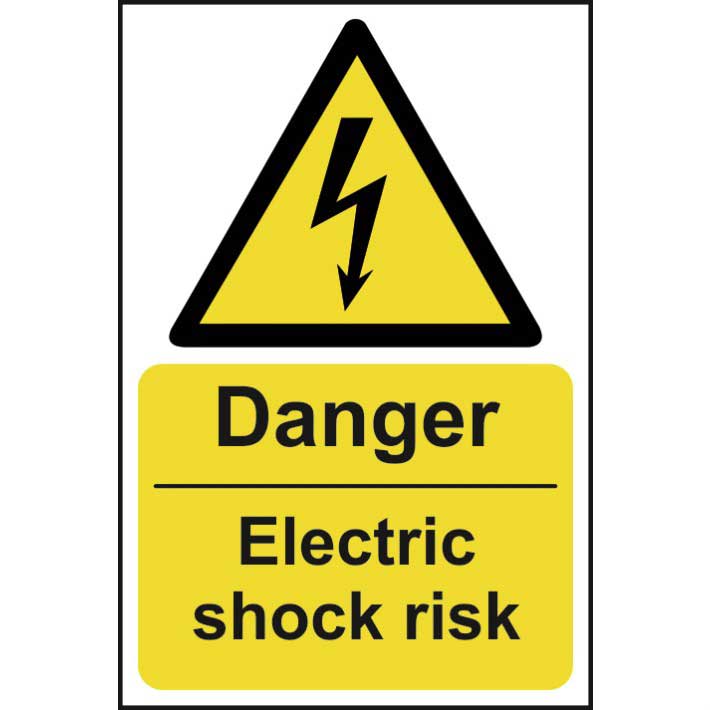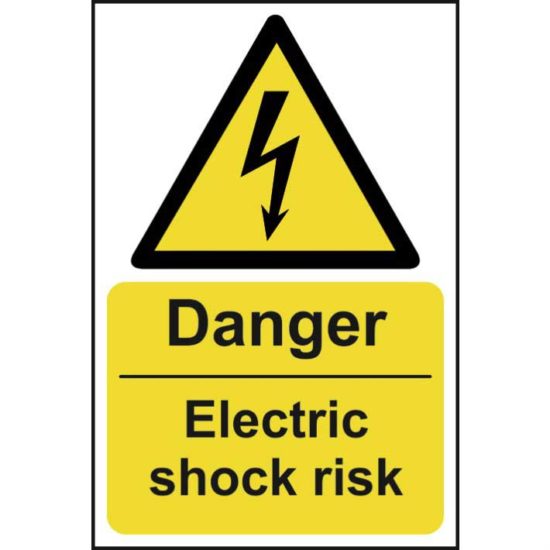
How to deal with electric shocks?
If all of the correct requirements are met, precautions taken and training of staff undertaken, it is unlikely that an electrical accident will occur. However, procedures should be in place to deal with electric shock injury in the event of an accident. The recommended procedure for dealing with a person who has received a low-voltage shock is as follows:
- Raise the alarm (colleagues and a trained first-aider).
- Make sure the area is safe by switching off the electricity supply.
- Request colleagues to call an ambulance (999 or 112).
- If it is not possible to switch off the power supply, move the person away from the source of electricity by using a non-conductive item.
- Check if the person is responsive, whether their airway is clear and whether they are breathing.
- If the person is unconscious and breathing, move them into the recovery position.
- If they are unconscious and not breathing, start to give cardiopulmonary resuscitation (CPR):
- CPR is undertaken by interlocking the hands and giving 30 chest compressions in the centre of the chest, between the two pectoral muscles, at a rate of about 100 pulses per minute.
- Tilt the casualty’s head back gently, by placing one hand on the forehead and the other under the chin, to open the airway and give two mouth-to-mouth breaths.
- Repeat the cycle of 30 compressions to two breaths until either help arrives or the patient recovers.
- Any minor burns should be treated by placing a sterile dressing over the burn and securing with a bandage.




